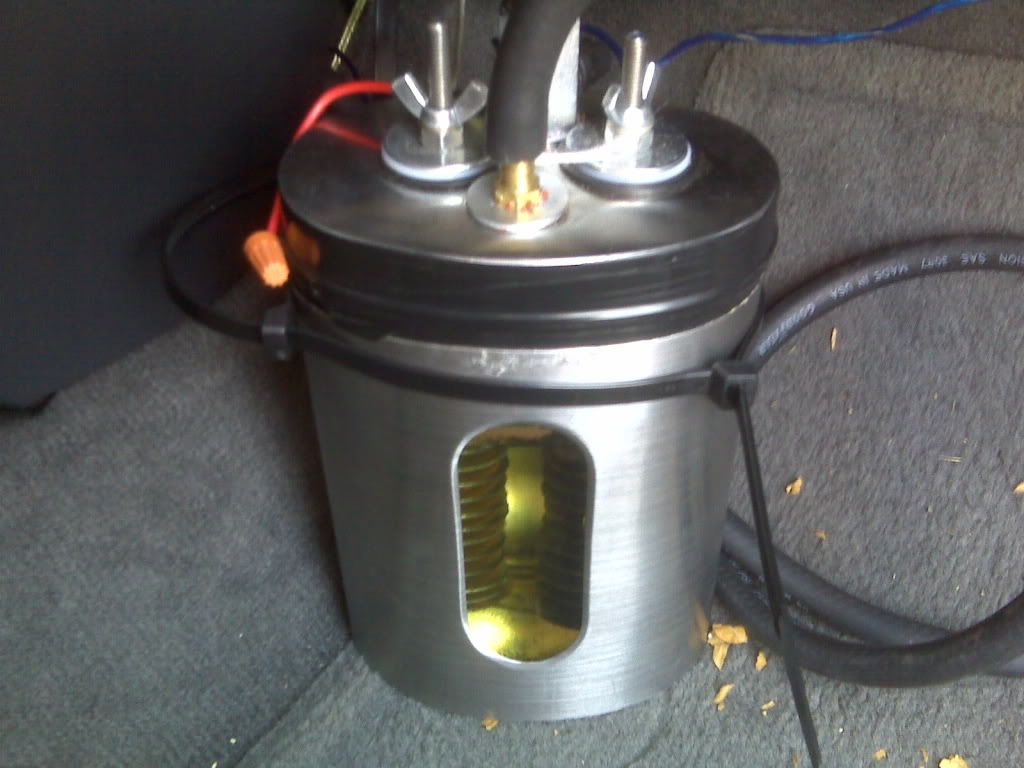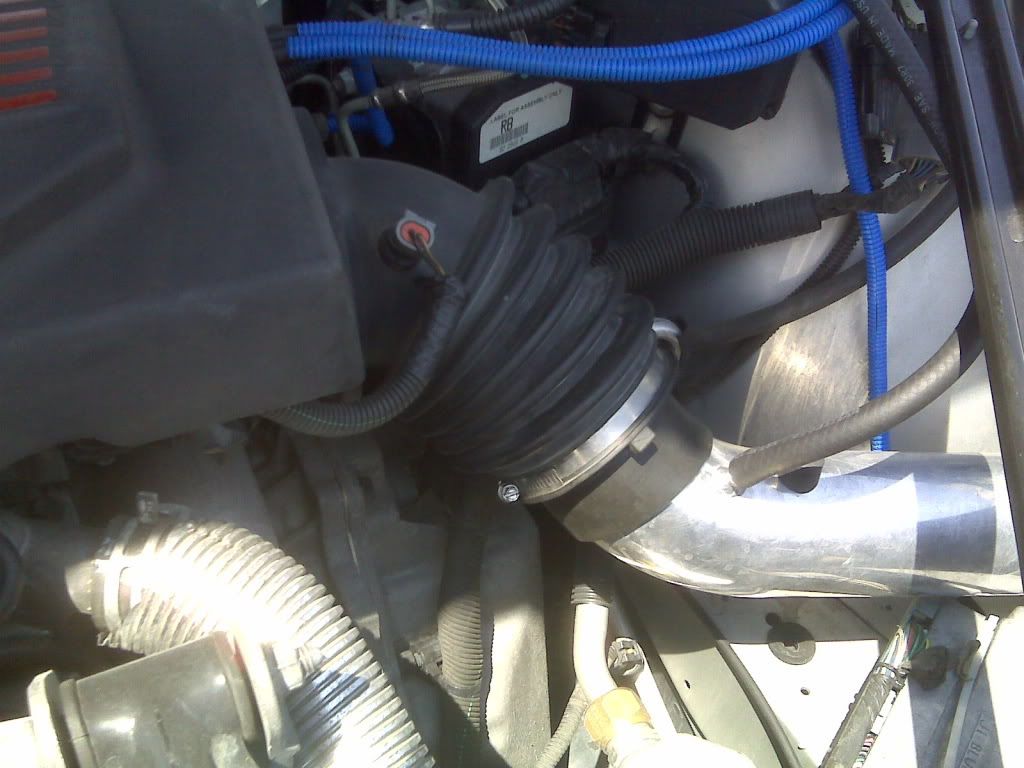 I'm new and need help!
I'm new and need help!
Hello All!
I'm not only new to this forum, but also to the HHO concept in it's entirety. A friend of mine introduced it to me and he is also new to this as well.
From the limited research I've done, I've seen that there are some people out there who have made some amazing improvements to their MPG.
Well I've completed a small generator and have added it to my 2000 Pontiac Grand Prix GTP. It's been on for about two weeks and I haven't really noticed much of an improvment at all.
I DO know that my cell is primitive and does not put out a huge amount of gas. As I'm working out the bugs, I've come to a big question. As I have it now, the HHO feed hose goes in after my air box, right before my MAF. I have a supercharged engine and I figured that the blower would have somewhat of a suction to pull the HHO out of my generator. At the very least, the pressure of the expanding gas in the generator would push it's way into my intake and it'd be a done deal. I've also heard that people have coupled their feed hoses into an air vacuum line on the manifold so that you have the full suction of the engine pulling the HHO into your engine. From what I've seen, this option necessitates a method to prevent flashback such as check valves and/or a bubbler, etc.
My question to all of you is: Will I notice a considerable difference putting my feed hose in the manifold vacuum lines, or is it fine how it is just being feed just after the air box, before the MAF? Any help would be greatly appreciated! Thank you!
Give a man a match, and he’ll be warm for a minute, but set him on fire, and he’ll be warm for the rest of his life.
2000 Pontiac Grand Prix GTP 3.8L SII S/C'd
15%-20% MPG increase at 1.5 Amps
2000 Jeep Grand Cherokee Limited 4.7L V8
No gains.





 Reply With Quote
Reply With Quote



 I also finished my LPM tester and it was putting out 3 LPM!!!!! Just kidding. It was putting out .033 LPM! So I feel a lot better knowing why I wasn't getting any gains - my generator wasn't doing anything! So I started adding baking soda and got it up to 8 amps. It was bubbling like crazy, which I was excited to see! At that draw, it was putting out 200 mlPM.
I also finished my LPM tester and it was putting out 3 LPM!!!!! Just kidding. It was putting out .033 LPM! So I feel a lot better knowing why I wasn't getting any gains - my generator wasn't doing anything! So I started adding baking soda and got it up to 8 amps. It was bubbling like crazy, which I was excited to see! At that draw, it was putting out 200 mlPM.  What's a science project without a few explosions along the way??
What's a science project without a few explosions along the way??  Although, if someone had that thing go off unintentionally, that could really injure someone!
Although, if someone had that thing go off unintentionally, that could really injure someone!